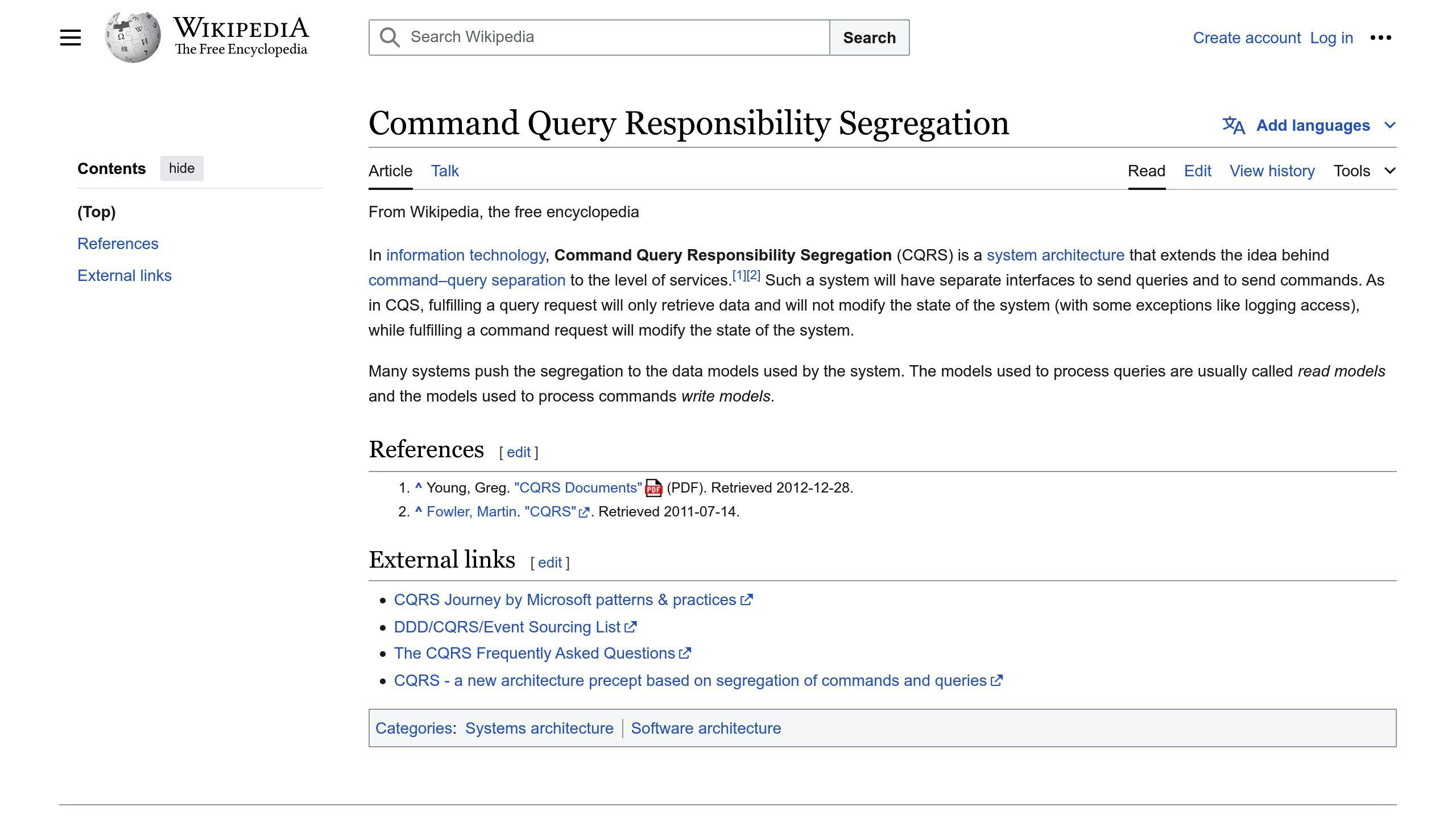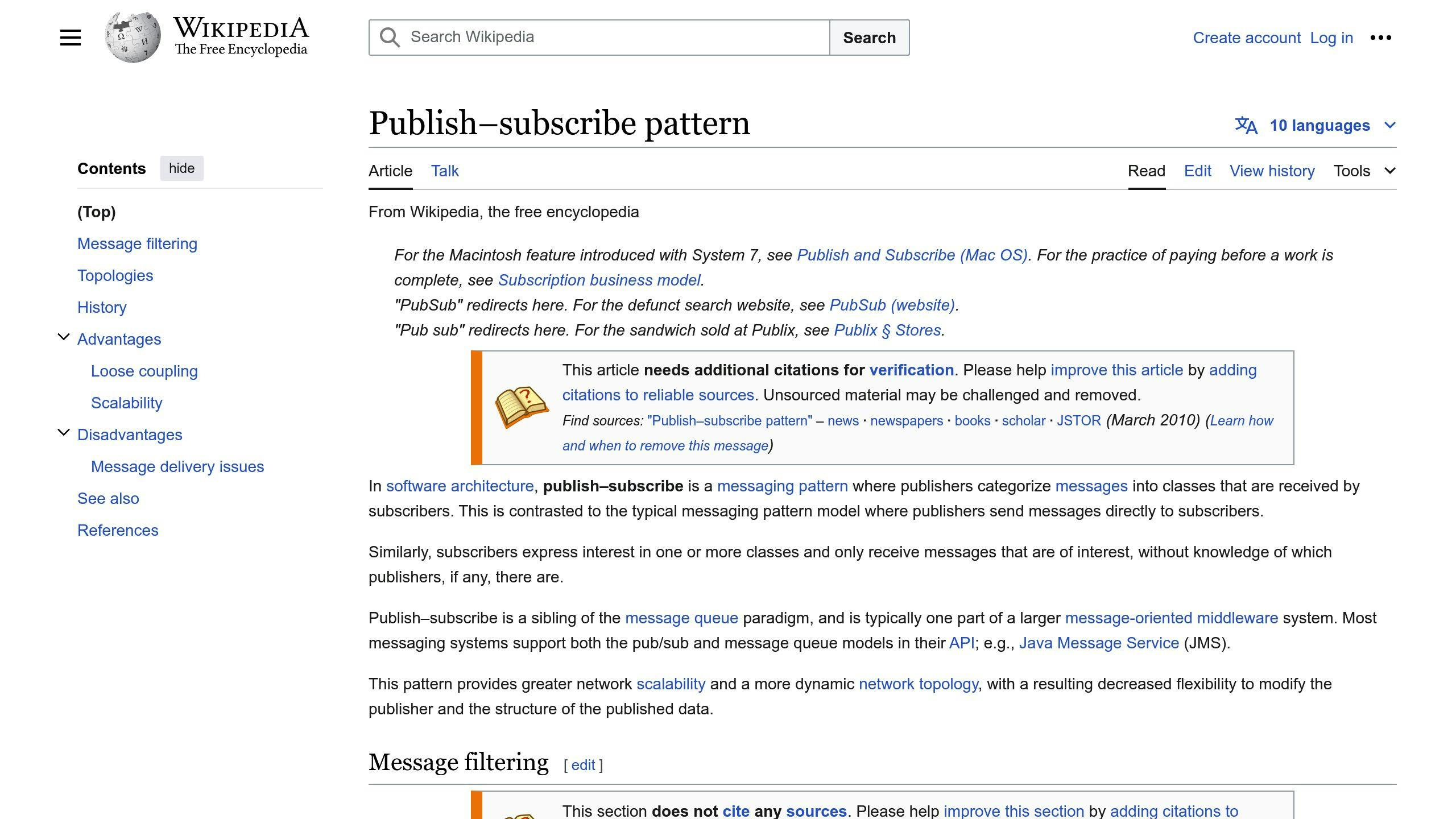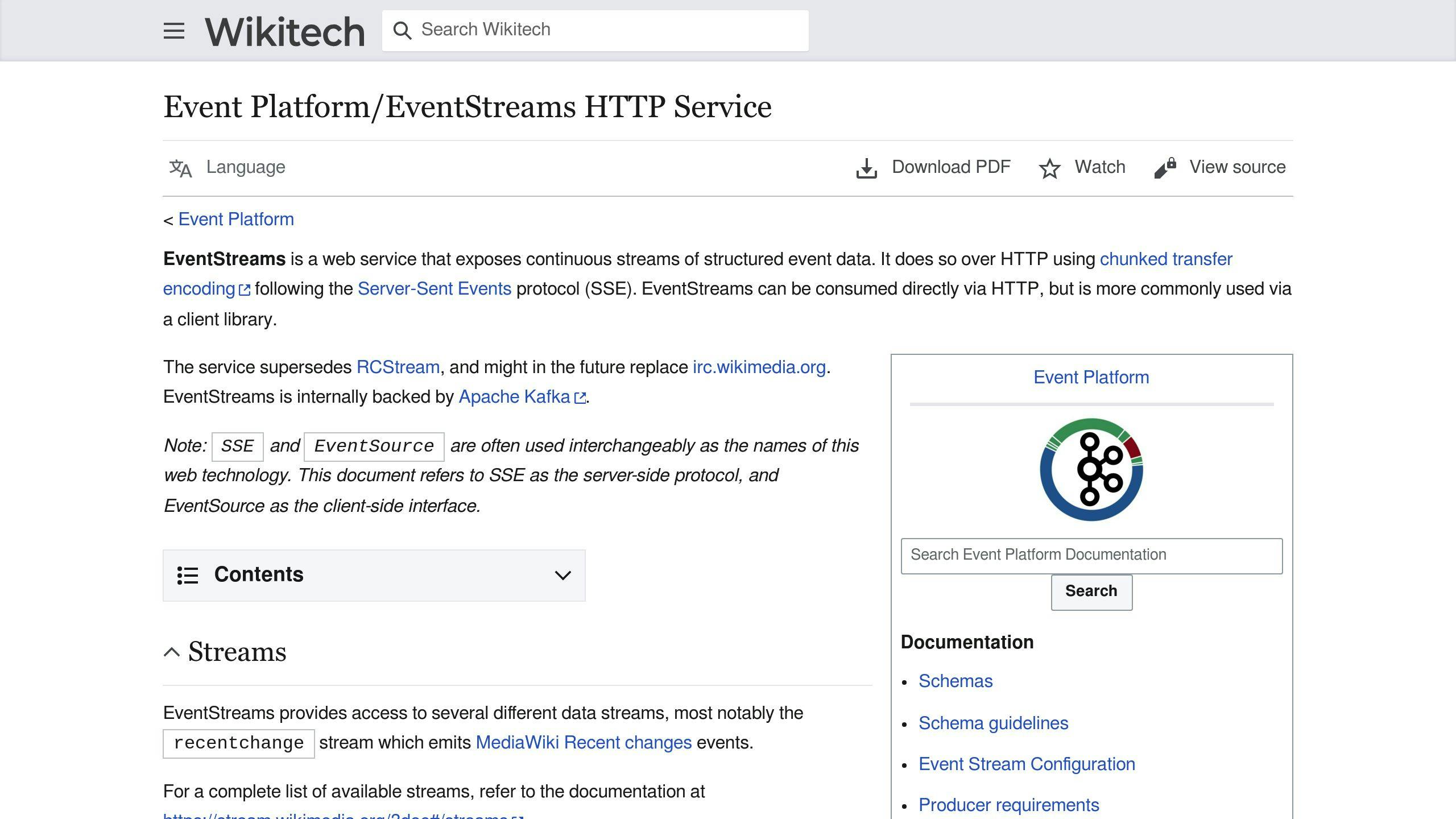Software is a group of coding instructions used to control and direct computer hardware. Software is the soul of the hardware, which is its body. Since computers are unable to function independently. The only thing that can show you what's happening and let you control the computer with a single click is software.
The software industry is continually changing. Over time, new software trends emerge. The nature of revolution is to adapt to the expanding demands of the consumer market. The future of software development has been promising since the 19th century. However, the end still needs to be fixed.
Software development has a bright future ahead of it, thanks to several innovative new technologies and methodologies that are about to revolutionize how we create and use software. The technologies available to developers now are more diverse than ever, ranging from AI and low-code development to cloud computing and blockchain.
Take Software Development into Account
There are numerous software developers for desktop apps, mobile apps, languages, operating systems, online frontends, and backends. But everyone adheres to a standard development principle. These fields may experience considerable advancements. These are:
1. Automation:
Automation streamlines the task of the developer. In software development, a developer must write, test, and deploy such codes. In automation, tests or deployment are carried out automatically by the written codes. The developers benefit greatly from these time savings.
2. Security:
Security is crucial in every area of technology. Online activity by other parties and criminals is possible. To safeguard their software and users, developers utilize firewalls and antivirus software. These firewalls and antivirus programs receive regular updates from developers.
3. UI Design:
The user interface is the area where users interact with a system. A better and more user-friendly UI will thereby draw users. Enhancing the software's usability, accessibility, functionality, and display design encourages users to use it.
Current Trends of Software Development
The course that software development followed in 2022 will be continued in 2023. However, we'll probably be surprised by fresh developments in well-known markets and technology, particularly as they gain in popularity. Companies in the fields of AI, IoT, and AR/VR/MR have already announced several exciting releases for the next year. As the year progresses, new trends may probably emerge.
Software developers and IT professionals are essential to the development of the post-pandemic world since digital products dictate the development of resilient and sustainable businesses. Let's examine the methods and tactics they employ to get better outcomes.
Trend #1 — Cloud computing:
The adoption of cloud-native solutions for app development, team management, and communication is expected to increase among software development organizations, according to the trend. Public, private, or hybrid clouds are used to host these software items and services. They can run on numerous servers and are infrastructure-neutral, so any business can simply use them.
In 2022, governmental agencies and organizations as well as startups and established companies all adopted cloud computing. The importance of the technology is acknowledged by hospitals, security agencies, legal authorities, and even the Pentagon. By the end of 2024, a sizable number of organizations and institutions may have switched to the cloud globally, not only in the US.
One of the most well-known developments in the software industry is cloud computing, which is so since making the switch has never been simpler. Currently, all multinational corporations are making investments in the technology (with the leaders being Google, Amazon, and Microsoft), enabling cloud computing for both enterprises and consumers. To test whether the Cloud infrastructure meets your demands, you can even receive free credits for the first month.
Trend #2 — The Rise of Python
Python is a language that may be used for any type of modern development. This language can be used for web development, mobile development, or enterprise projects. Python's capacity to enable performing sophisticated mathematical operations, data analysis, machine learning, and neural network construction sets it apart from other universal languages.
JavaScript has long dominated the list of programming languages that software engineers use the most in the globe. Python has been climbing that ranking quickly since 2020, and in December 2021, it succeeded in taking the top spot.
Python was rated as the best computer language in June 2022, according to the most recent updates of the TIOBE and PYPL indices. Given that Python is the language of choice for programmers building software solutions with AI- and ML-based capabilities, it appears that its rising popularity will last far into 2023 and beyond. As was already said in this post, one of the top trends in software development for 2023 is artificial intelligence.
Trend #3 — TensorFlow Boosts AI Development
For many years running, artificial intelligence has been at the top of lists of technological advances, and in 2023, that won't change. Large enterprises and smaller startups both continued to invest in artificial intelligence last year. Users become more acclimated to utilizing AI for routine tasks every year, but it doesn't spark many ethical discussions. Innovative AI programs can process photos, identify objects, and comprehend spoken language.
According to IMARC Group, the worldwide artificial intelligence market will be worth $56.5 billion in 2021. This amount may rise to $308.5 billion by 2027. Programmers use specialized AI libraries and frameworks to implement deep learning techniques while developing such software systems. The adoption of TensorFlow for AI development is one of the key trends in software development this year.
The use of AI in software solutions also moves from being nice to a need for developers. Google created TensorFlow, a library for creating neural networks, after noticing this tendency. It gives programmers a quick environment for creating and testing neural networks when used in conjunction with Theano, one of the most well-known AI frameworks.
Trend #4 — 5G network
Although the 5G network has been in development for some time, communications professionals are certain that it will launch this year and become one of the top IT trends by 2023. The primary cause of this is that the technology enables businesses to fully utilize IoT ecosystems. The performance displayed by linked devices improves with increased communication reliability.
For programmers, it implies that connectivity will considerably increase and users will be able to access global internet offers. Additionally, it refers to increased mobile connection speed, a necessary need for integrating sophisticated advances like machine learning or augmented reality into mobile apps.
Businesses may exploit value by adding more connected devices to their business operations thanks to 5G networks. For instance, IoT and 5G support digital transformation in manufacturing, logistics, healthcare, and other industries.
Trend #5 — Infrastructure as Code (IaC) Eliminates Management Issues
With all the clusters, microservices, containers, APIs, serverless operations, and interdependencies that developers need to be aware of, today's application development environments are complex. DevOps specialists are constantly under strain in these circumstances since they have to guarantee app security and stability. The development of code must be accelerated, and deployment must be even quicker, at the same time.
DevOps teams are embracing IaC, a technique for managing, automating, configuring, and promoting continuous improvement on dynamic computing resources, as a result. In the past, organizations relied on a small number of extremely talented people who knew what their code depended on and how it was supplied, leading to bottlenecks and dependencies. Such problems are eliminated by the IaC practice
A company's DevOps team can use IaC to develop a single, trusted code base that will be used to monitor that apps are delivered by security guidelines. Teams may track code inconsistencies using IaC, which makes it simpler to remedy problems. By using this method, it is feasible to incorporate the optimal configuration guidelines into the security guidelines and policies of the organization.
Trend #6 — No-Code Speeds Up Software Development
With a new method of developing software solutions known as low-code/no-code (LCNC) development, software engineering is going in the direction of simplification. The need for software development is ever-growing. Even sectors like agriculture that aren't naturally digital are seeing a rapid digital revolution. Many business owners realize the need for digital solutions but don't view employing a software development team as a top-priority investment.
LCNC platforms use graphical user interfaces and setups to make it possible for almost anyone to create software without using traditional coding. Such programming environments have a lot of potential since they enable individuals with little to no software development experience to turn their concepts into digital solutions.
Software development can be executed more simply using responsive graphical interfaces, just as the design was made easier with tools like Canva and PicMonkey. With tools like Wix and Webflow no-code development has been a popular trend in web design for some time. This trend will spread to other areas of software development in 2024.
Trend #7 — The Development and Ascent of DevSecOps
For many years, DevOps has been a practice that is frequently utilized in software development firms. The DevSecOps concept is becoming more and more popular, as seen by current trends in software development. Teams are united for the same goal and may create products of greater quality when development and testing are merged. Without needing to rewrite the functionality, developers, and testers may start building the product following best practices from the very beginning by sharing responsibility.
However, one component of the jigsaw was frequently left out of the typical DevOps system. Testing frequently omitted important security procedures, leaving the finished product vulnerable to online attackers. This problem can be solved by using the DevSecOps development approach, which places security at the centre of the endeavor.
The development of DevOps is DevSecOps. The conventional function of the security division in code development is changed by this strategy. Before, QA experts joined the process once the primary development stage was over. In line with the DevSecOps methodology, their involvement is required at all times.
As a result, security procedures are now a crucial component of the entire development process, beginning with the design of the app architecture. This enables you to spot problems at an early stage and fix them right away, rather than letting them build up in the program until the very end.
DevSecOps's ascent can be attributed to the growing popularity of cloud-native app development and microservices, as well as the ensuing demand for speedy problem-solving in these intricate architectural designs.
Many other trends have been upgrading day by day and beyond 2024 it’ll have an immense impact on software development.
Current Challenges of Software Development
Any organization's ultimate goal is to create a high-quality product, but the software development process is changing as automation spreads widely and new tools and libraries are being created every day.
The process of creating software is challenging and complex. Given the ongoing development of industry standards and technology, it presents its own unique set of difficulties, particularly for modern developers. Software developers' productivity may suffer from their inability to manage projects, stay up with developments in developer tools, and deal with rising customer demands. It is essential to comprehend these difficulties and how to go through them.
Software Developer Challenge 1: Unestablished Project Infrastructure
A typical software development difficulty in terms of how it affects project delivery is an unestablished project environment. If the environment is unavailable, there is no way to complete your project on schedule and within your projected budget.
Solution:
During the development, testing, and user acceptance testing (UAT) phases of a software project, test and pre-production environments should be made available to facilitate efficient project development. Improve the environment for software development by making an early investment in a reliable IT infrastructure.
Software Developer Challenge 2: Keeping Up with Changing Requirements
The ongoing alteration of requirements is one of the main causes of the complexity of software development projects. Unsurprisingly, designing products with vague needs is cited as the largest issue by 33% of respondents to the Stack Overflow Developer Survey. Understanding exactly what a project will provide is the goal of requirements gathering, which is much more than just a group of business consultants coming up with their perfect product.
Solution:
A reliable method and channel of communication must be built to guarantee that the product outcomes match expectations and objectives. Keep in mind the following suggestions.
- Define and concur on the project's scope.
- Never presume the demands and expectations of the end user.
- Between the development and ideation teams, communicate the needs and expectations.
- Include customers in the process of updating existing products right away.
- Beginning with the creation of new products, take UX into account
- Confirm your comprehension of the needs by creating a clear, succinct, and comprehensive requirements document.
- Make a prototype to verify and/or improve the last set of requirements.
Software Developer Challenge 3: Quality Assurance
Software engineers often skip code reviews or hide defects to speed up development and fulfil deadlines.
Solution:
For a launch to be successful, it is crucial to adhere to a systematic quality assurance approach. Discourage it right away if you see engineers trying to skimp on the software product development process. To achieve the criteria more quickly and effectively, encourage them to apply the finest code development practices.
Software Developer Challenge 4: Undefined Quality Standards
Even though the product has undergone extensive unit testing during the development phase, defect finding is unavoidable during functionality testing.
Solution:
When developing your test strategy, scenarios, conditions, cases, and scripts, be sure to schedule several testing cycles to ensure that your test plan fully addresses all of the requirements that need to be provided.
Software Developer Challenge 5: Proper Software Project Management
Multitasking frequently causes more problems than you anticipate. If a resource manager overburdens them with work, they are unable to concentrate on a particular task or module.
According to Ryan Chan, founder and CEO of UpKeep Maintenance Management, "You have to be an excellent planner to be successful in project management."
Solution:
Utilizing project management solutions, such as Project Pro in O365, to keep projects, resources, and teams organized and on schedule is an obvious approach to being a great planner. Keep on track, meet all deadlines, collaborate seamlessly across applications, and manage your projects effectively and easily. Always assign tasks sequentially rather than concurrently, and encourage your resources to give their all in all they undertake.
In Software Development many other problems have been faced but those all are being solved with appropriate solutions.
Advancements/Opportunities In Software Development
New and fascinating trends and changes appear every year. One industry where dynamicity is constant is technology. Additionally, the development of software for the aim of digital transformation is increasingly crucial to every industry in the globe.
Here are some advancements in software development:
1. Robotic Process Automation
Robotic Process Automation is now being developed by numerous businesses to ensure smooth operations. RPA is used to handle tasks effectively and increase workplace efficiency.
Robotic Method Automation is also utilized to replace people with machines for boring, repetitive tasks. For instance, RPA can be used to automate operational functions like hiring new employees and completing reviews.
RPA is a significant development in the field because it helps experts handle more duties. Additionally, it aids in accelerating people's rates of productivity. Therefore, RPA can support seamless innovation through thorough study and strategy by using ML chatbots or other automated programs
2. Digital Transformation Enablers.
Often, there is pressure on organizations to digitize every area of functionality. Everywhere, from workplace administration to customer interactions, digitalization has left its stamp.
Digital transformation essentially involves the conversion of traditional or human-centric operations or tasks into digital formats. Even while it may sound intriguing, for it to work to its full potential, a proven mechanism is needed.
When it comes to digital transformation, it is essential to stay current with the market. It could take several years for a complete metamorphosis to occur. However, by making investments in various instruments, this process can be hastened.
With these expenditures, businesses can adopt seamless workflow and accelerate the innovation cycle.
As a result of a variety of trends, opportunities, and problems, software development is set for a considerable transition in the future. Software development is changing to accommodate the growing demands of the consumer market as technology advances. The variety of technologies that are now readily available, ranging from blockchain and low-code development to AI and cloud computing, promises to fundamentally alter how software is developed and used. While issues such as a lack of project infrastructure, shifting needs, and quality assurance still exist, these issues can be resolved with the help of effective project management, communication, and rigorous quality assurance. Additionally, there are many prospects for developments in the field of software development, including RPA, which improves operational efficiency, and digital transformation enablers, which propel companies towards an inventive and seamless future. The cooperation of software developers, IT experts, and technical trailblazers will play a crucial role in determining the trajectory of software development after 2023 as the sector continues to develop.
For custom software development, visit us at Zee Palm
For free premium front-end flutter kits, visit Flutter Coded Templates
Check out free Flutter Components, visit Flutter Components Library





![Event-Driven Architecture: Complete Guide [2024]](https://cdn.prod.website-files.com/6398f0e8fa9fd060d0c39626/693ab82d6c51c48db7b85cf1_6645e31c9ff708476413bd2b_6645ce6c347466e370295ef7-9099b4e46117d77c50a5acc3ff27fda0.jpeg)







